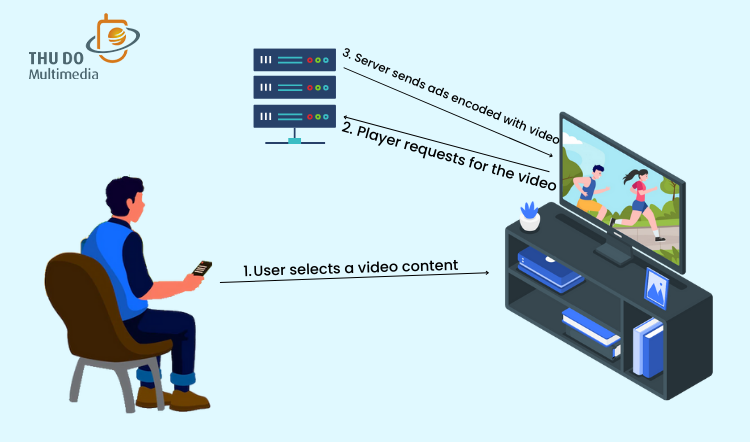
Tips To Avoid Mistakes when Inserting Live Stream Video Ads
Inserting Live Stream Video Ads is becoming increasingly prevalent as the popularity of live streaming continues to rise, with content creators and businesses continually devising innovative methods to capitalize on their streams. One effective method is incorporating midroll ads, which are commercials inserted during the live stream.
However, despite their potential benefits, there are common mistakes that can hinder the success of midroll ad placements. In this article, we will discuss these mistakes and provide insights on how to avoid them, ensuring a seamless viewing experience for your audience while maximizing revenue generation.

1. Overloading with Ads:
One of the most prevalent mistakes is bombarding the viewers with excessive midroll ads throughout the live stream. While the primary goal is revenue generation, overwhelming the audience with a surplus of ads can lead to frustration and a decline in viewership. Instead, strive for a balance by strategically placing ads at appropriate intervals, considering the duration of the live stream and the expectations of your audience.
2. Poor Timing and Placement:
Another common mistake is inserting midroll ads at inappropriate moments. Interrupting crucial moments of the live stream, such as intense gameplay, exciting discussions, or important announcements, can disrupt the flow and diminish user experience. Advertisements should be placed during natural breaks, such as transitions between segments, breaks for Q&A sessions, or when the content naturally slows down. This ensures that ads are less intrusive and seamlessly integrated into the viewing experience.
3. Neglecting Ad Relevance:
Irrelevant ads can be a major turn-off for viewers. It is essential to consider the demographics and interests of your audience when selecting midroll ad content. Displaying ads that align with the viewers’ preferences enhances engagement and improves the chances of conversions. Partnering with an ad network or using tools that offer targeted ad placements can help ensure relevance and improve overall ad performance.
4. Lack of Testing and Optimization:
Failing to test and optimize midroll ads can be detrimental to your revenue potential. It is essential to track and analyze the performance of your ad placements, including metrics like click-through rates (CTR) and conversion rates. Experiment with different ad formats, durations, and positions to find the optimal configuration that maximizes both user experience and revenue. Regularly monitoring and tweaking your ad strategy based on analytics will lead to improved results over time.
5. Inadequate Communication with Viewers:
Transparent communication is crucial when incorporating midroll ads into your live stream. Notify your audience in advance about the presence and purpose of midroll ads. Clearly explain how these ads contribute to the sustainability of the stream or your content creation efforts. By providing this context, you can help viewers understand the necessity of ads while maintaining their trust and engagement.
6. Technical Issues and Poor Integration:
Technical glitches and poor integration of midroll ads can significantly disrupt the viewing experience. Ensure that your streaming platform and ad network are compatible and work seamlessly together. Test your setup before going live to identify any potential issues and rectify them in advance. A smooth integration of midroll ads will help maintain the flow of the live stream and prevent viewers from becoming frustrated.
When incorporating midroll ads into live streams, it is crucial to avoid common mistakes that can negatively impact user experience and revenue generation.
By finding the right balance, considering relevance, testing and optimizing, communicating with your audience, and ensuring seamless integration, you can effectively monetize your live streams while maintaining a positive viewer experience.
By avoiding these mistakes, content creators and businesses can unlock the full potential of midroll ads and create a win-win situation for both themselves and their audience.

Recent Comments